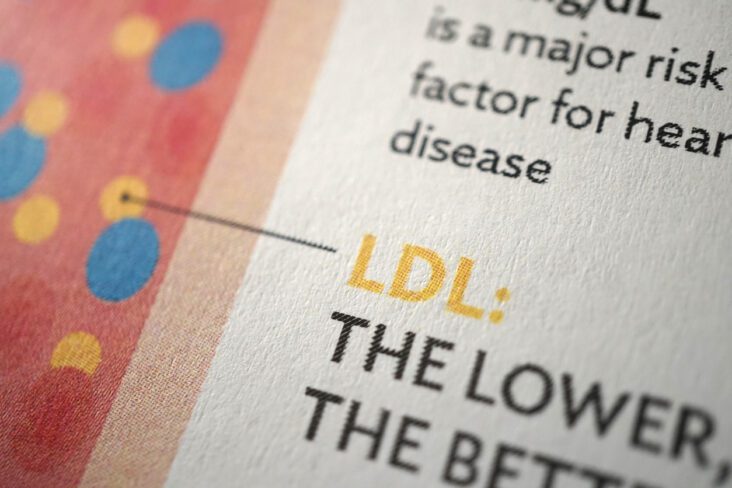
What techniques are out there to reduce glucose spikes?
This blog explores how individuals can conduct their own experiments to maintain a steady blood glucose and avoid potentially unhealthy glucose spikes above 7.8 mmol/L (140 mg/dL).
Providing independent clinical excellence since 2005

This blog explores how individuals can conduct their own experiments to maintain a steady blood glucose and avoid potentially unhealthy glucose spikes above 7.8 mmol/L (140 mg/dL).

There is a wealth of evidence linking pre-diabetes, raised HbA1c, and full-blown type 2 diabetes to increasing cardiovascular risk. Lesser degrees of a pre diabetic metabolism could therefore have an important role in causing long-term atherosclerosis.

Whether you are diabetic or simply health-conscious, understanding how to interpret CGM data can significantly enhance your approach to diet and lifestyle management. By recognising your body's unique responses to different foods and activities, you can make informed decisions that promote better metabolic health and overall well-being.

Is is increasingly obvious that not everyone with raised coronary inflammation and elevated risk of heart attack simply has a raised LDL Cholesterol- in fact there appears to be a mixed bag of risk factors associated with high coronary artery inflammation, including raised LDL, raised LP (a), raised Homocysteine, hypertension and dysregulated glucose. Our metabolic health assessment is therefore designed to offer a comprehensive dive into known contributory causes, the latest and most controversial of which is 'glucose dysregulation', the principle topic of this article.

In this guide, we will explore a multifaceted approach involving increased physical activity, dietary modifications, and consistent monitoring to effectively lose fat and enhance overall health.

Lp(a) testing is advised for individuals at high risk for cardiovascular disease, including those with a prior stent or bypass operation, coronary syndrome or heart attack as well as anyone with a family history of coronary heart disease, high FAI (coronary inflammation) or high risk patterns on Cardiac CT angiograms. In our practice, Lp (a) is offered as part of our comprehensive Metabolic Health assessment (MHA1).

In the absence of strong evidence, a pragmatic approach involves educating patients about the current knowledge gaps while encouraging lifestyle changes that are generally beneficial. These include reducing carbohydrate intake, choosing lower glycemic index foods, increasing physical activity, and improving sleep quality. Such measures are unlikely to be harmful and could potentially lead to improved overall health and well-being

Just as a car's tachometer displays varying revolutions per minute (RPMs) based on the incline and the desired speed, a glucose monitor provides detailed data on blood sugar levels. This data, while often within a normal range, requires interpretation to identify when it may indicate a health issue. We describe 5 glucotypes in this article.

Numerous epidemiological studies have supported the hypothesis that high homocysteine levels are a risk factor for cardiovascular diseases. For example, the Framingham Heart Study demonstrated that individuals with homocysteine levels in the top fifth percentile had a nearly doubled risk of developing coronary artery disease compared to those with levels in the bottom 80 percent.

The hallmark feature of OSA is the repetitive cycle of breathing cessation followed by gasping or choking as the body attempts to restore airflow. These disruptions can occur multiple times throughout the night, impacting the individual's overall sleep quality and daytime functioning.

Being born with almost no circulating cholesterol (or reduction of LDL to zero by drugs) results in nothing except a zero-lifetime risk of atherosclerosis (or cessation and reduction in atherosclerosis).

By Juliette Martin, Nutritional Therapist: Over the past year, a family of medications called GLP-1 agonists, often referred to as the ‘skinny jab’ has captured widespread media attention.